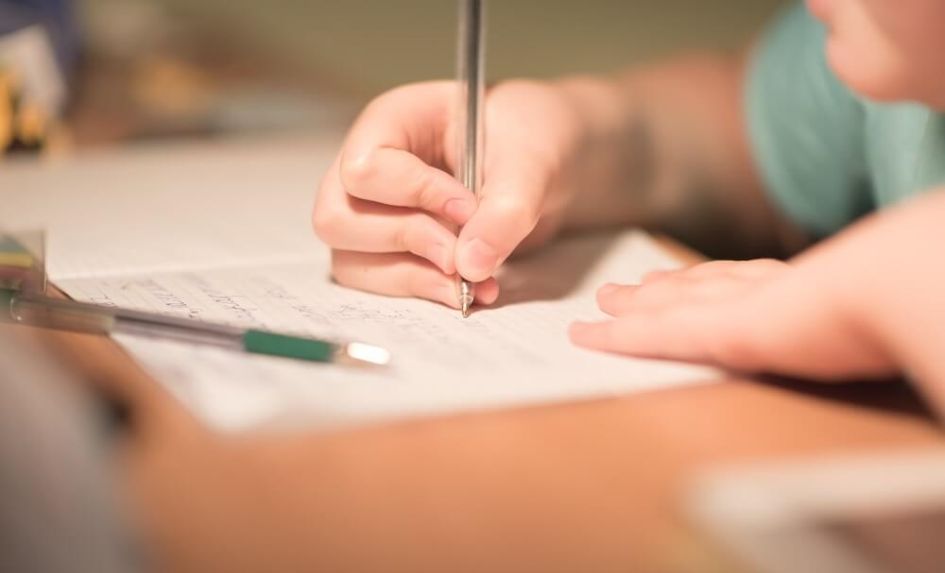Handwriting is a developmental process that requires the simultaneous engagement of a range of capabilities, including physical strength, visual perception, and both gross and fine motor skills.
In pre-pandemic times, children gradually grasp each of the separate features of fluent handwriting with a teacher at their side, but a series of lockdowns meant most teaching was delivered digitally and often lacked a structured timetable. As a result, the core skills that create good handwriting habits were under threat.
In order to explore this further, we undertook a survey of primary teachers in June 2021 to reveal how the pandemic has affected handwriting.
Through a series of questions, we uncovered which of the underlying handwriting skills have been most impacted by school disruption, with the aim of sharing them with the teaching community to ensure handwriting is part of the catch-up plan.
Deprivation
Firstly, we asked teachers whether disruption to their school during the pandemic has had a negative effect on pupils’ good writing habits.
Unsurprisingly, 83 per cent of teachers agreed with this statement. This was most pronounced in primary schools with the highest levels of deprivation, which echoes wider research by the Education Policy Institute (EPI) that found pupils from disadvantaged backgrounds had been hardest hit in maths and reading.
We then asked teachers how much time is being spent focused on handwriting since their school fully reopened, compared with other areas of teaching.
Almost half of respondents said they had maintained the same level of focus on handwriting as before the pandemic, with a further eight per cent saying they had deprioritised it. The remaining 41 per cent of teachers had increased the amount of time on handwriting.
While every school’s recovery plan will be different, it was interesting to see the similarities that emerged when we asked which areas of handwriting most worried teachers. Writing stamina was the most common area highlighted, with 72 per cent of Key Stage 2 teachers raising it as a concern.
Maintaining stamina will have been difficult with the increased time spent learning online, as children use different muscles and have less opportunities to write for extended periods of time.
Writing speed was also flagged as an area of concern by Key Stage 2 teachers. If a child writes too quickly, letters can lose their shape, and size and spacing can become inconsistent. Therefore, learning to write with speed while ensuring that it remains legible can be a hard skill to master.
After all, handwriting is a physical process, and it is often issues relating to the physical aspects of writing that are the cause of handwriting problems.
Using a system of reminders called the ‘P checks’ (posture, pencil grip, paper position and pressure) can ensure children maintain good writing habits and develop the correct speed. Warm-up writing tasks are a good way to prepare children for handwriting sessions and build stamina.
Guidance
Letter size and position was the area most frequently highlighted by Reception and Key Stage 1 teachers. Without guidance to help them keep letters and numbers consistent, children may have fallen into bad habits.
Opportunities for motor mapping letters and joins during the pandemic have been reduced. As a result, children have not been able to develop their motor memory in the same way, and the underdevelopment of fine motor skills will have impacted correct letter formations as well as the size and placement of letters.
When produced with ease, good handwriting frees up mental bandwidth for other activities, which is vital given the wider catch-up happening in schools currently. But if a child is unable to put their ideas on paper, we are limiting their ability to share, and this will have a knock-on effect across their work.
Marc Pitman is Head of Marketing for Schofield & Sims, a leading publisher of books for schools, parents and tutors.










